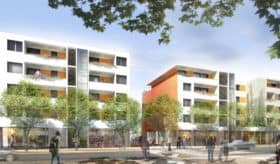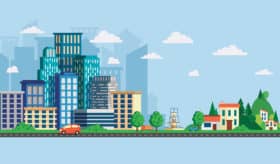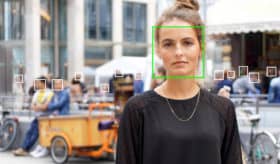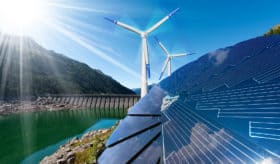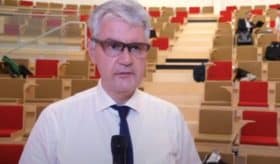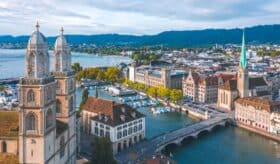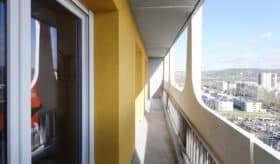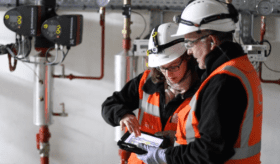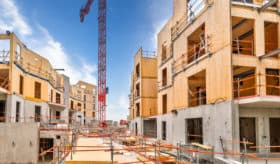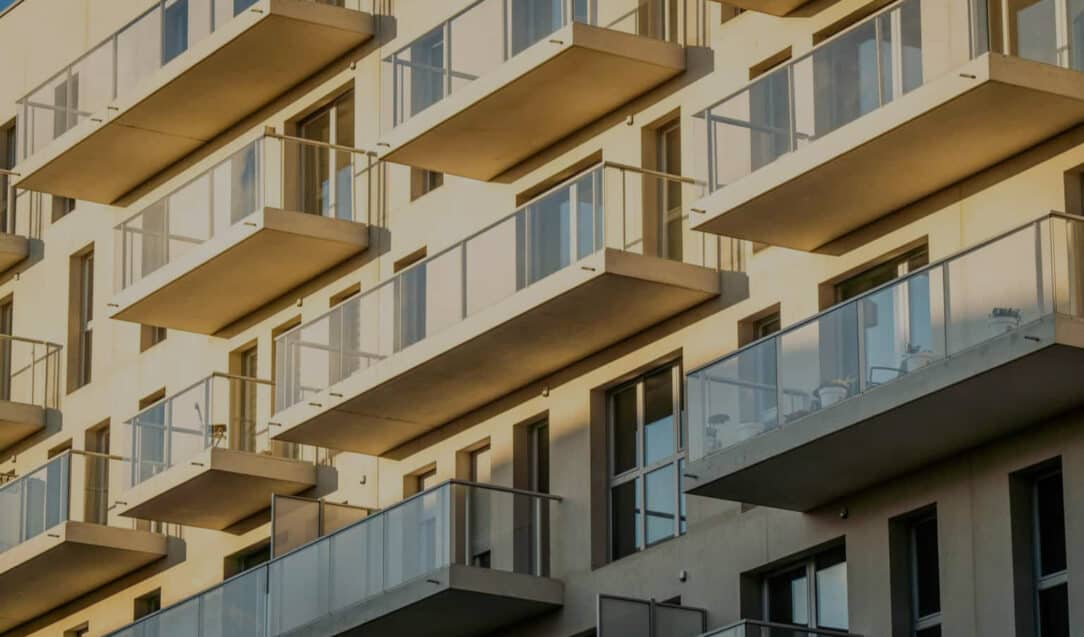And if tomorrow the blockchain “disintermediated” the construction sector?
Originally developed in finance, blockchain is a technological innovation filled with promise that arouses the interest of many players in various sectors. And especially the construction industry! Focus on the blockchain in the sector of construction.
Green spaces: a new criterion for the appeal of cities?
By 2050, almost 70% of the world's population will live in cities. But not just any old city, mind you! Cities offering a greener living environment are – and are set to become – increasingly popular. So, let's take a look at the issue of urban planning.
Regions – a different concept
2nd edition of “Observatoire des usages et représentations des territoires” in which Bouygues Construction is a partner
What if, in the future, facial recognition was used in our towns ?
What if, in the future, facial recognition technologies went into general use in our towns and buildings? In China where this is already happening, the increasing use of such technology in both public and private spaces raises the spectre of mass surveillance and the risk of new attacks on privacy. While the number of experiments is increasing around the world and certain American towns are already taking the lead in preventing its use, the debate is beginning to take shape in Europe.
How can we develop and build in the context of “Zero net artificialisation” ?
23,000 hectares: this is the average annual area of natural, agricultural or forest land reallocated to urbanisation in France over recent years, the equivalent of 2.2 times the area of Paris, 33,000 football pitches or 19 million parking spaces. A figure which makes France one of the worst European students with regard to restraining real-estate development. The impact on biodiversity and CO2 emissions are such that there is an urgent need to hold back this effect. Although the target of Zero net artificialisation (ZAN) was written into the national biodiversity plan in July 2018, the strategy, method and means of bringing this into reality remains to be specified. Likewise the search for a denser, viable and liveable urban development model in large conurbations as well as town centres and small and medium-sized towns.
Facilitating the work of the crane operator for greater safety
Worldwide, about 600,000 cranes are used for construction works. They are essential for numerous construction sites. Some measure up to 200 metres in height and can lift loads of 500 tonnes. Currently, a Bouygues Construction R&D project, headed by Bouygues Construction Matériel, aims to allow remote control of cranes with video assistance, using augmented reality and even some automation. What is the purpose of this ambitious system, and what does it change for workers on the sites ? Answers with Julien Meyer, manager at the lifting division at Bouygues Construction Matériel at Île-de-France.
Photovoltaic : where are we?
“At the end of the crisis [health linked to the Covid-19 epidemic], the questions [regarding energy policy] will need to be readdressed.” So said Pascal Roger, president of the Federation of energy environment services (Fedene) to News Tank Cities on 01 April 2020. Currently, new renewable energies represent a prospect for ecological transition for this sector with photovoltaic in the lead, between giant power plants and innovative installations. Where are we ?
4 ways to transform cities into positive health regions!
A positive health region is an attractive region that makes living together and growing old more enjoyable. Real estate developers play a key role in creating them! Provided that they seize the right opportunities!
Creating environments conducive to health and well-being
Designing regions, cities, neighbourhoods and islands that are conducive to health also means supporting major transformations of the health system.
Trend books
The trend books are the result of large-scale annual collaborative reflections carried out with a wide range of stakeholders by our Prospective Lab. On a given theme, they decipher the trends, synthesize the issues and propose operational avenues for action. All are illustrated by inspiring initiatives revealing the changes underway or heralding future ruptures.
Interview with Mohamed Al-Hussein
Dr. Al-Hussein’s research has proffered a number of contributions to the industrialization of the building construction process through the development of modular and offsite construction technologies. He's telling us about it!
Energy renovation – the driving force behind new uses
While improving energy performance is essential during a renovation project, it is not the sole objective of project managers. Of equal importance are the key features aimed at incorporating different uses within a building. Issues such as planning, digitalisation, occupation of space, quality of life at work, etc. also need to be fully addressed.
Interview with Thomas Bock
Construction robotics holds no secrets for Thomas Bock, professor at Munich University of Technology, author of more than 500 articles in academic journals, creator of the first European Commission on Construction Robotics, co-founder and director of the IAARC, holder of the DFG Seibold Award, and adviser to governments and academies around the world. He's telling us about it!
Why the ecological renovation needs to gain pace
Twenty billion euros per year. That's the potential of the energy renovation market in France, according to the consultants of Echos Etudes in their latest publication. What are we waiting for?
Growing algae on façades: it works!
What if, tomorrow, we grew algae on building façades to produce food supplements, fuel and a number of other things? In France and in Germany, life-size experiments are yielding interesting results.
Real estate: Rennes trials the “Bail Réel Solidaire” leasehold arrangement
Purchase housing without paying for the land it stands on. Savings of between 20 and 50% are now possible thanks to the French “bail réel solidaire” leasehold arrangement provided for by the ALUR law and specified late last year by the ELAN law
How to design a welcoming city for people with disabilities
In February 2005, France adopted a law making it mandatory for cities to create a living environment adapted to people with disabilities by making urban areas accessible to all within 10 years. However, the additional time granted and the leniency shown due to difficulties cities faced in meeting the established deadlines have greatly brought down the initial goal.


